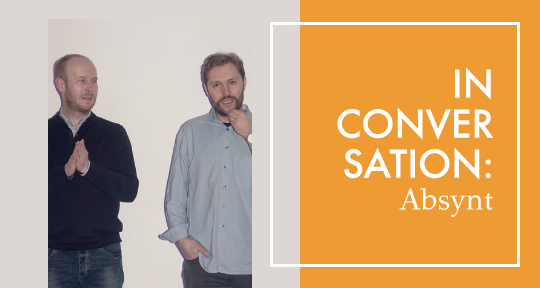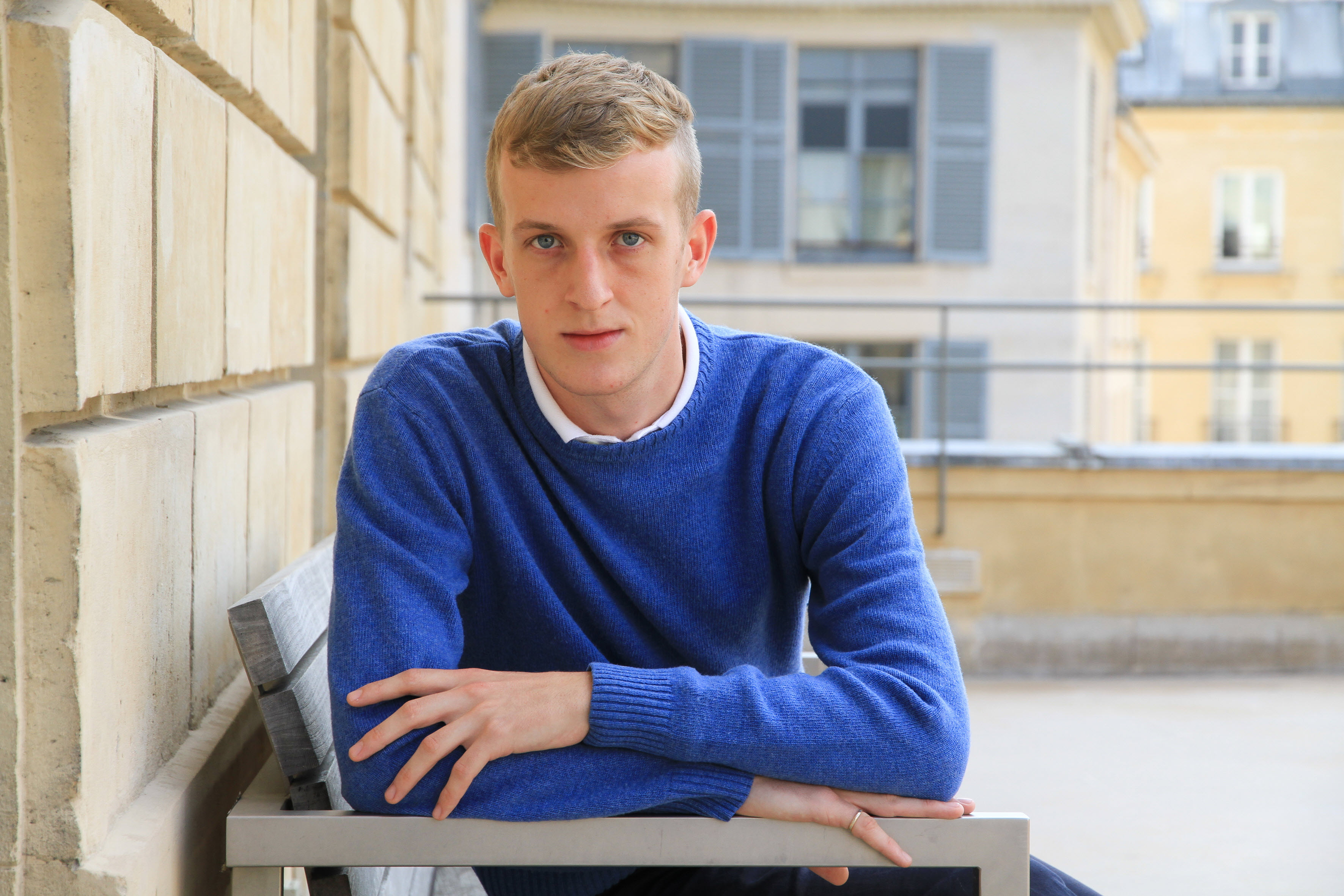This week, our editors at large report from a panel bringing together French and Chinese writers working on similar themes and explore prize-winning reporting on climate change. From the ethics of life writing to an upcoming literary festival featuring everyone from beloved authors to Bollywood stars, read on to find out more!
Hongyu Jasmine Zhu, Editor-at-Large, reporting from China
On the evening of October 23, the “Tandem 无独有偶” literary dialogue series hosted by Beijing’s French Cultural Center welcomed Édouard Louis and Hu Anyan 胡安焉—one from an impoverished French family, the other a veteran of 19 grassroots jobs in China. In a conversation moderated by Sarah Briand 白夏荷 of the French embassy, they explored a fundamental question: why do some feel compelled to write so urgently about their own pain?
Édouard Louis began by tracing his writing to childhood violence. “As a gay boy of ten or eleven, I was beaten and bullied at school. The moment a fist struck my face, I vowed to one day put it all on paper.” To him, writing is not a pastime but “redemption,” even an “antidote”—a way to distill a vaccine from the virus of experience. His autobiographical novel En finir avec Eddy Bellegueule—with Michael Lucey’s English translation The End of Eddy reviewed by former Editor-at-Large Madeline Jones—exposed his family’s poverty and violence, becoming a French sensation that also provoked fury at home: his brother once arrived from Paris with a baseball bat, threatening to kill him. READ MORE…




